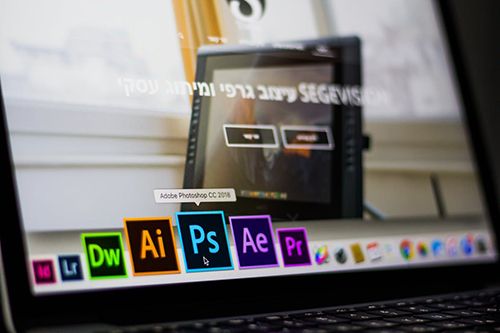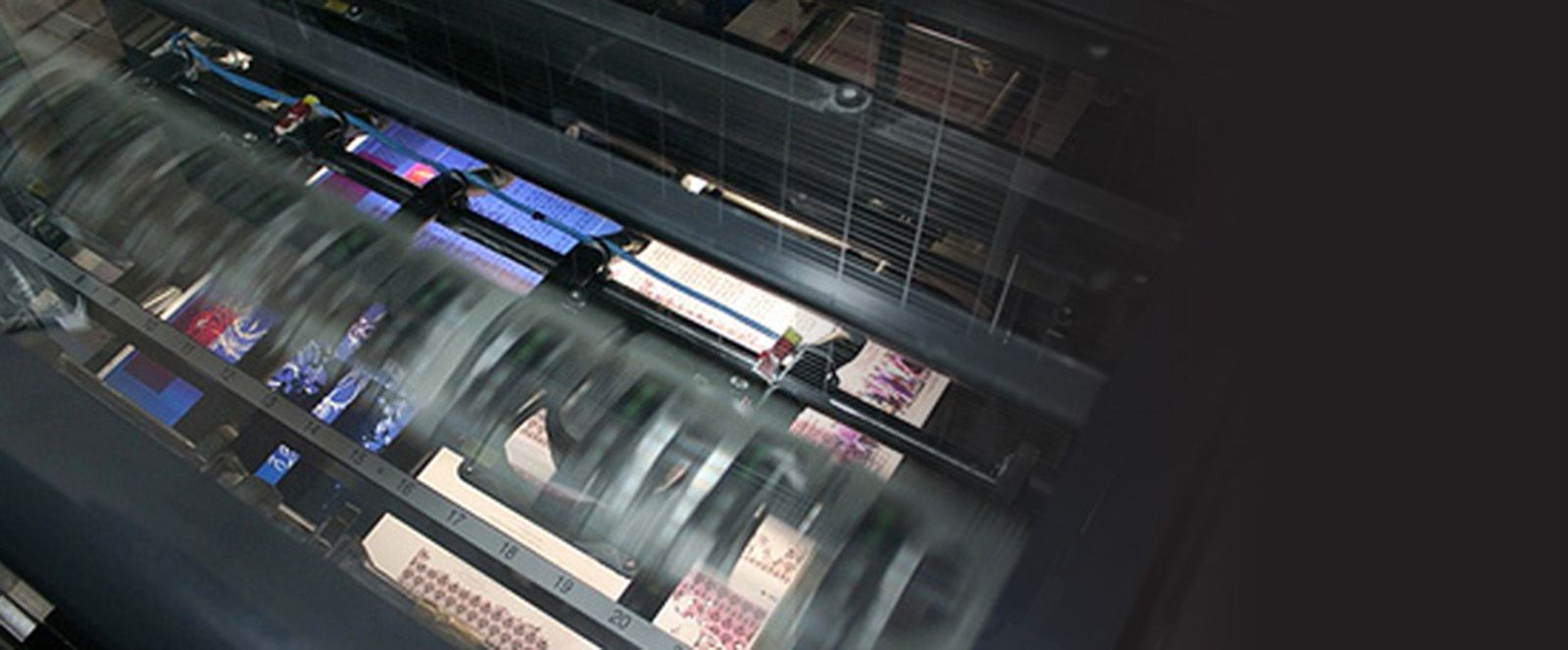
1 Preflight
Preflight is taking a client’s file (Adobe PDF, or native files including fonts, support and output) and checking to make sure the page count is correct, final output size matches order, files include enough bleeds for printing, fonts and support files are present, colors are spot or process, and images are high resolution. Using preflight software like Pitstop for Adobe Acrobat, users can set up profiles to flag problematic areas for review. If there are problems or questions about the job, the operator can discuss with Sales or Customer Service Representative (CSR) to send the file back to the client or have a prepress technician fix the issue.
2 Proofing
A proof is a final one-off version of the work that will be printed and can be either a hard, printed version or an electronic pdf version. Final proofs are ran "to size" meaning that the proof will match what the finished product will look like. Most times the proof will be on a different paper than the final product because it is harder to run different papers through a proofing printer. A dylux or blue line proof, is a lower resolution proof that can be folded easier, especially for large saddle stitched or perfect bound books.
3 Imposition
Imposing is the act of ganging smaller size pages on a larger sheet in order to print more, or when folded, create a book sequence for binding. A prepress technician works with a planner to fit as much print onto a sheet of paper as possible in order to get the most value on a print job. Ripping software generally has impositioning included, with layouts for saddle stitch, perfect bound, work and turn, work and flop, and swing/monkey cuts. The technician must understand bleeds and gutters when imposing art for plating. Current digital impositioning has removed the need of a stripping position in the printing industry.
4 Plating
Once a proof is approved by the client, then the job is sent for plating. DTP (direct to plate) software, software that takes a ripped file and images it directly on the metal plates that go on the printer, is part of the digital workflow many printing companies use. Prepress technicians need to know terms like dot gain and curves when working with the image setting company to produce plates to get the best quality print for their clients.
5 Answering Questions
The most important duty of an Electronic Prepress Technician, is to be available to answer questions from a client, and to trouble shoot problem areas in printing, proofing and impositioning. An understanding of the prepress workflow description and tools used are also important. The Adobe Creative Suite, InDesign for page layout, Illustrator for vector graphics, and Photoshop for images, or QuarkExpress from Quark, are the choice of most print companies, but unfortunately Word, Powerpoint and Publisher, though generally not used for offset printing, have been used.
Stay up to date by subscribing to our mailing list.

